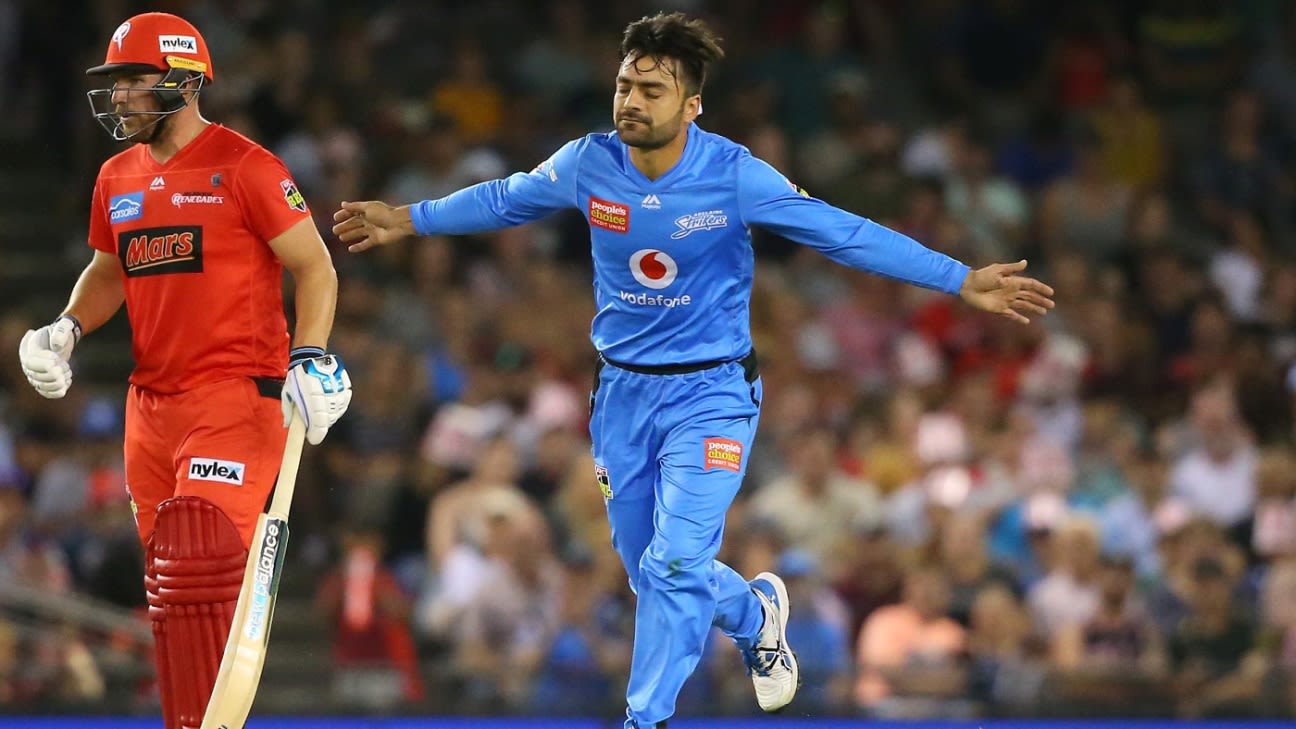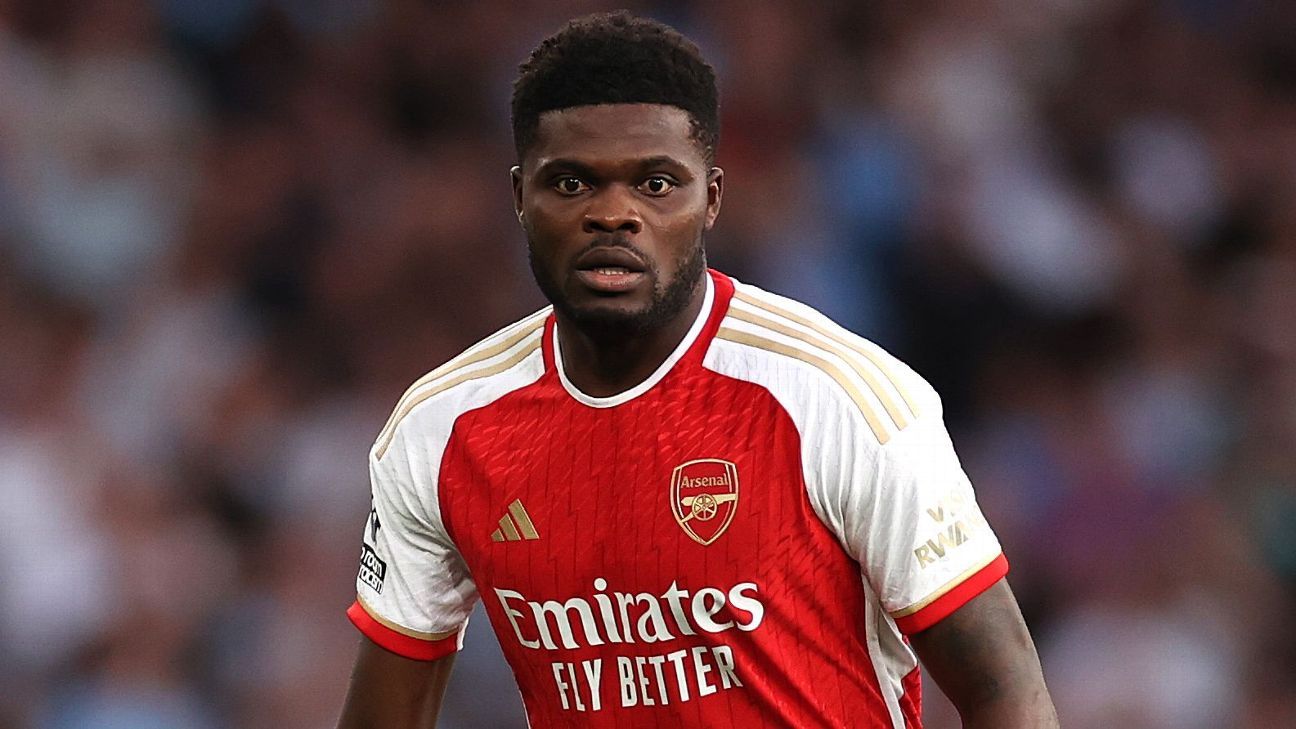
Big Bash clubs are set to be permitted a third overseas player in their XIs for the next two tournaments after the Australian Cricketers Association (ACA) dropped their longstanding opposition to the move on the basis that it would take away a spot from a local cricketer.
Amid an ugly dispute between Cricket Australia and Channel Seven over the value of the BBL's broadcast rights, the likely change in overseas player regulations - as part of a series of tweaks to the MoU between CA and the ACA - is a late but welcome chance for clubs to improve the quality of their playing lists this year.
The likelihood of expanded Australian squads being required for international matches this year due to Covid-19 "hub" restrictions has raised the prospect of weakening BBL playing ranks to a greater degree than usual. It is one of the central complaints from Seven to CA about the BBL after the free-to-air network paid in the region of A$40 million a season for the competition as part of its A$450 million component of the A$1.18 billion shared deal with Foxtel in 2018 to broadcast cricket in Australia for six years.
The BBL figure represents almost 60% of Seven's total deal, which also includes the rights to broadcast all Test matches played in Australia, and runs in contrast to CA's strategic position where international cricket sits at the top of the pyramid in terms of player payments and other investments by the governing body. CA has in recent weeks also committed to helping to finance "marquee" deals worth more than six figures for overseas players outside existing BBL club salary caps.
Dawid Malan (Hobart Hurricanes), Alex Hales (Sydney Thunder), Liam Livingstone (Perth Scorchers), Tom Banton (Brisbane Heat) and Tom Curran (Sydney Sixers) are the overseas players to have been announced by their clubs so far either on new or existing deals. Three overseas slots per team would mean an additional 20 players join the BBL from beyond Australia's borders.
Such an influx would help to cover for the likelihood of players such as Steven Smith, Glenn Maxwell, Aaron Finch, Adam Zampa and Marcus Stoinis missing large chunks of the BBL due to international commitments. Clubs are eager to sign up David Warner, Mitchell Starc and Pat Cummins, a trio who have often missed the BBL in recent years, and may well end up doing so again should they want to rest in between international commitments and scheduled tours of New Zealand and South Africa in early 2021.
One area of intrigue will be whether CA finally convinces the BCCI to allow some Indian players to take part in the BBL - the IPL has long been the only domestic T20 event to showcase Indian cricketers, whether they are core members of Virat Kohli's national team or not.
Overseas names, of both the established star variety such as AB de Villiers, Kevin Pietersen, Eoin Morgan and Dale Steyn and emerging talents such as Jofra Archer, Rashid Khan and Sandeep Lamichhane, have been vital to the growth of the BBL over its first nine seasons. But teams have always been limited to having only two overseas players at any one time in their 18-man squads, even though the rules were tweaked in 2019 to allow up to six overseas players to cycle through on shorter deals during a tournament.
CA and the broadcasters have been eager to allow for another overseas playing spot, but the ACA's opposition has remained until recently, when the change was again suggested amid negotiations for a range of provisional alterations to the MoU.
In addition to the overseas players clause, the players' association is also working with CA on plans to use some of this years' untapped player payment pool cash to provide a range of additional support measures for players, particularly in the WBBL. These would include investment in hub facilities in Sydney, plus greater allowances for player access to their families and other means of mental health assistance during what is sure to be a trying summer.















 Phone: (800) 737. 6040
Phone: (800) 737. 6040 Fax: (800) 825 5558
Fax: (800) 825 5558 Website:
Website:  Email:
Email: 






